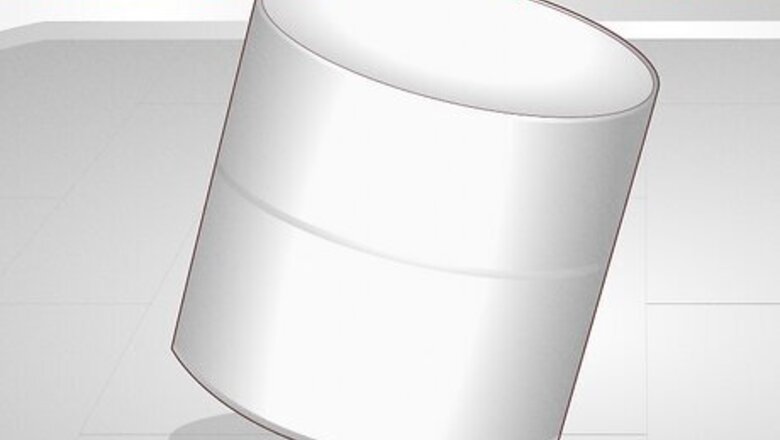
views
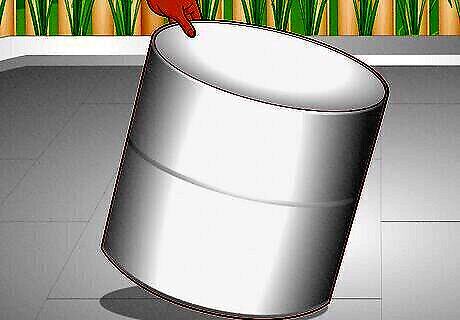
Procure an aluminum trash can. The best vessel to use as a garden incinerator is the classic circular aluminum trash can that has been largely supplanted by the wheeled plastic varieties. These cans be often be purchased from home improvement stores, but used ones will work fine for use as an incinerator.
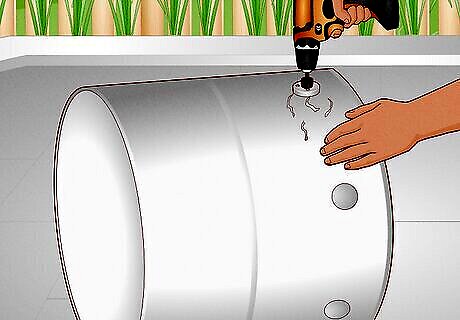
Cut draft holes into the trash can. The can will need holes into which fresh air is drawn to feed the fire. Drill a series of holes around the circumference of the trash can, a few inches up from the bottom. These holes should be about 2 inches (5 cm) in diameter. They can be drilled using a jigsaw fitted with a metal-cutting blade or with an electric drill fitted with a hole saw bit.
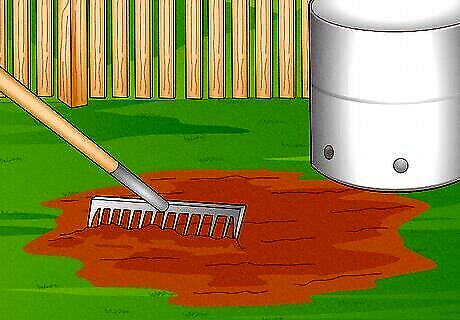
Prepare the ground where you will place the garden incinerator. The incinerator should be located in an area with few combustible materials. This is best accomplished by finding an area of ground covered in soil, rather than with plant growth such as grass. Make sure to place the incinerator a safe distance from your house as well.

Place bricks underneath the incinerator. Place a handful of bricks in a single, circular layer that will fit underneath the trash can and support it. This additional air space will keep the incinerator from heating and killing any nearby plant life, as well as providing additional circulation to feed the fire.
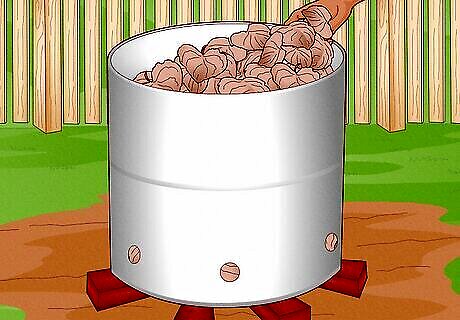
Fill the trash can with yard waste. After setting the trash can onto the bricks, fill it loosely with yard waste. Do not fill it more than halfway to the top. Filling your can with a majority of carbon-rich materials (such as dried leaves and dried stems) will increase the efficiency of the burn. The yard waste should also be dry to the touch before burning.
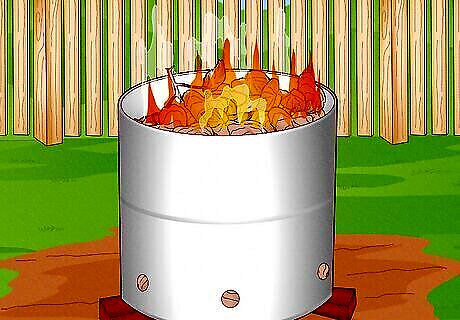
Burn the yard waste in the garden incinerator. Light the yard waste with a match and allow it to burn. If for any reason you need to stop the fire, you can place the lid onto the trash can, which will choke the fire out. Under no circumstances should you leave your garden incinerator unattended. When the fire has completely died, you can use the ashes of your yard waste as a soil amendment.




















Comments
0 comment